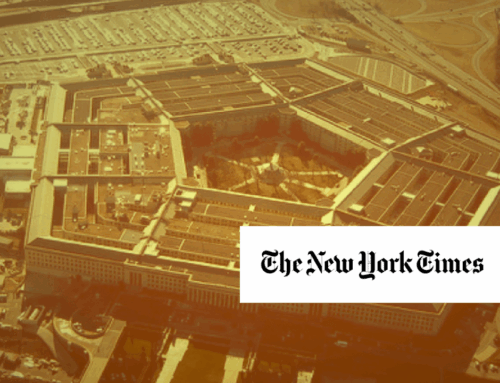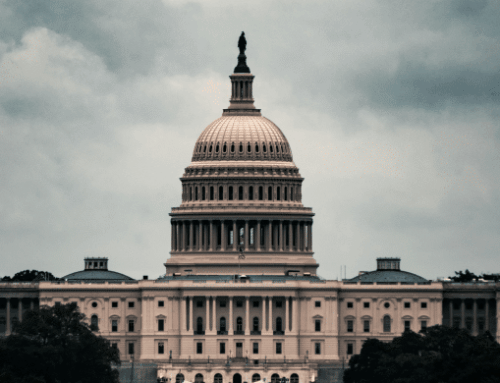Hard on the heels of the National Defense Strategy, the Trump administration released its Nuclear Posture Review on Groundhog Day.
And kind of like the movie, the Nuclear Posture Review seems to be the same old script playing over again. But this time the script isn’t exactly the same as last year; now it’s more like 1983 all over again. The Pentagon doesn’t call the Russians the Soviets any more, but much of the rhetoric is the same.
At my organization, Taxpayers for Common Sense, when we read a major policy document we’re looking at what things are going to cost and how those costs will effect both taxpayer wallets and the federal deficit.
With that in mind, consider this subheading in the document, “Flexible and Secure Nuclear Capabilities: An Affordable Priority.”
It’s entirely possible the Pentagon has a different definition of “affordable” than the rest of the planet given the size of its budget. But just a few months ago the Congressional Budget Office published its definitive review and cost estimate of the long-term costs of the nuclear modernization plan set forth by the Obama administration. Bottom line: The Obama plan would cost $1.2 trillion over the next 30 years.
The Trump administration’s nuclear review recommends new programs not contemplated by the last administration so I can only assume the costs for this larger program plan will be higher than the CBO estimate. We’ll get a better feel for how much all this will cost when the president’s budget request is released. With that in hand, some of the new programs will be identified and their projected costs will start to be known.
So by what measure is a program that will cost more than $1.2 trillion over 30 years “affordable?” The document never directly addresses an actual dollar figure. Instead, they fudge the numbers by casting them as a percentage of overall Pentagon or federal spending. So without saying precisely how much money they’re talking about, the NPR states that “even the highest” projections of the costs of nuclear modernization are 6.4 percent of Pentagon spending and 1 percent of the overall federal budget.
Because so few people really grasp the size of Pentagon or federal spending, this is a convenient way to obfuscate the massive amount of money this program is currently projected to cost. In a program this wide, cutting across three military services, several Pentagon agencies and nuclear weapons programs at the Department of Energy, the opportunities for duplication and wasteful spending are rife.
Taxpayers for Common Sense does not advocate for the elimination of nuclear weapons, and we understand that we don’t have all of the information behind the new Nuclear Posture Review. But we do believe that there are real opportunities for savings within the nuclear weapons program – by scaling back or eliminating the silo-based leg of the triad, for example. Given the fiscal constraints we face, even the Pentagon needs to prioritize – if nuclear weapons are now indeed a higher priority than in recent years, Pentagon brass must look for a way to make those investments truly affordable.
At TCS we’ll be keeping our eye on this massive program and highlighting any waste we find.










